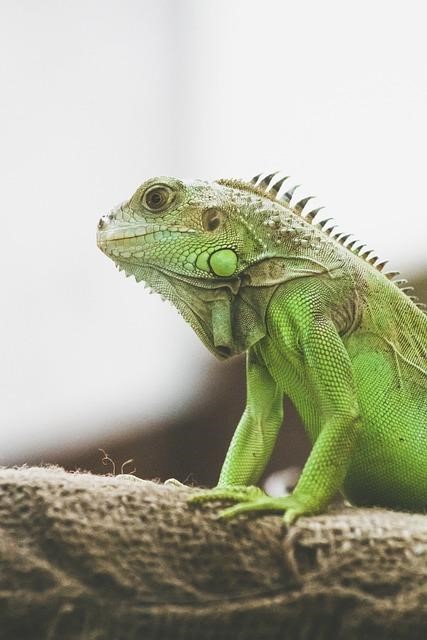Table of Contents
Have ever watched an iguana slink along the side of a grassy path, only to find yourself mesmerized and unable to look away? Yet maybe you find yourself annoyed by the overabundance of iguanas ruling your backyard. The presence of iguanas has much more of an effect than simply admiring one of nature’s many wonders. It’s an issue that demands attention as the iguana population grows.
Did you know that iguanas pose unique challenges to residents and property owners? Reducing the iguana population in these areas is about more than just maintaining curb appeal or enjoying your backyard to the fullest. It’s also about addressing environmental and infrastructural concerns and issues. Let’s look at some of those challenges and solutions and explore the idea of coexistence in an urban environment.
Understanding the Iguana Invasion
Typically, we see iguanas sunbathing or scurrying around, not hurting or harming anyone or anything around them. The unfortunate truth is that they are not merely cute reptiles who inhabit the world around us without effect. They can actually cause significant damage to infrastructure and native plant life. What this can do is eventually lead to ecological imbalances.
The Legal Landscape
There are legal considerations when it comes to iguana control. The sale and relocation of iguanas are illegal, such as limiting control options. This means strategies need to be compliant with wildlife regulations while being effective.
Challenges in Control
The primary challenges in iguana control include things like:
- Their rapid reproduction rate
- Adaptability to urban environments
- The need for humane control methods
As you can see, iguana control requires a thoughtful approach that takes environmental and urban dynamics into account.
No Relocation
Since relocating iguanas isn’t an option, control methods focus on preventing their spread and managing existing populations. This includes things like habitat modification and population management within the legal frameworks. This policy emphasizes the need for on-site management strategies focusing on population control and habitat modification within urban settings.
Humane Solutions
Techniques like habitat modification discourage iguanas from entering properties. This involves altering the landscape to make it less appealing to iguanas. It’s a non-invasive approach that minimizes animal harm while protecting urban spaces. Adopting such non-invasive methods addresses the issue and promotes a harmonious coexistence between humans and the local wildlife.
Community Awareness
One of the first parts of a solution to mitigating too many iguanas is to get the community involved! Why? Community participation in reporting sightings and adopting iguana-resistant landscaping contributes significantly to control efforts. This collective approach fosters a community-driven solution where residents actively participate in the sustainable management of iguana populations and their community.
Professional Involvement
Professionals are integral in managing iguana populations. They have expertise in wildlife control and the knowledge and experience to implement effective and compliant strategies with state regulations. The expertise of professionals is crucial in executing practical and humane strategies, especially ones that align with regulatory guidelines and environmental considerations.
Technological Advances
Technology is being leveraged to develop new solutions for iguana control. This includes tracking systems, humane traps, and other innovative tools that aid in monitoring and managing the population. Embracing technology in wildlife management represents a forward-thinking approach to addressing the challenges of urban iguana control.
Goals and Objectives
The focus is on sustainable, long-term strategies for iguana control. Research into their behavior and impact on urban ecosystems is ongoing, guiding future control measures. Integrating research, technology, and community engagement will be pivotal in developing sustainable iguana control methods.
Ultimately, the goal is to strike a balance where humans and iguanas can coexist. Achieving this balance is essential for sustainable urban development and biodiversity conservation, reflecting a commitment to environmental stewardship.
The Path Forward
Iguana control in urban environments is a complex challenge requiring legal understanding, humane approaches, community involvement, and professional expertise.
As metropolitan areas intersect with natural habitats, finding practical, ethical ways to manage wildlife populations like iguanas is becoming increasingly essential and directly reflects our evolving relationship with the natural world in our shared urban spaces.

